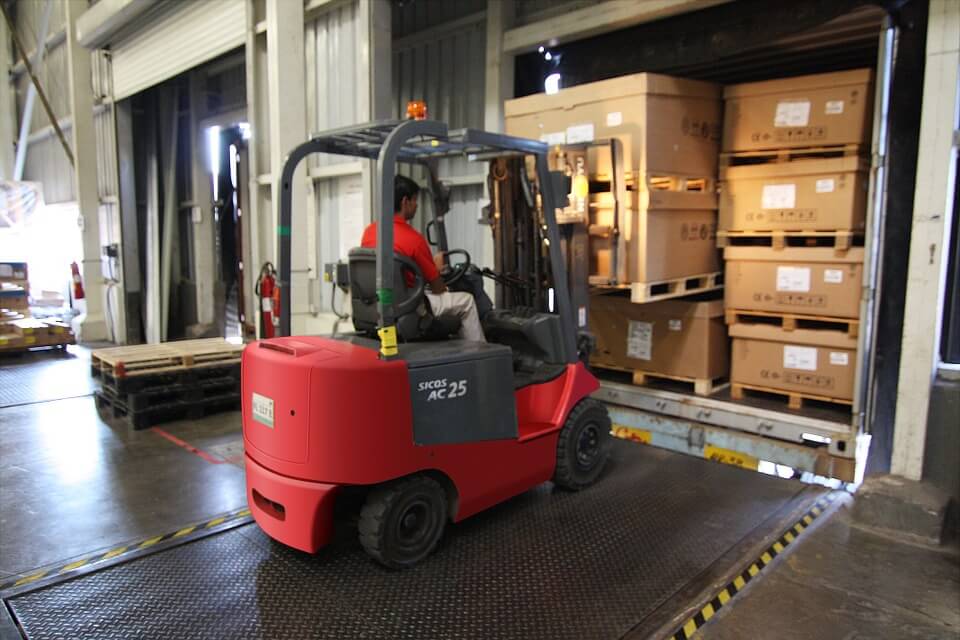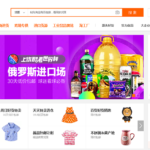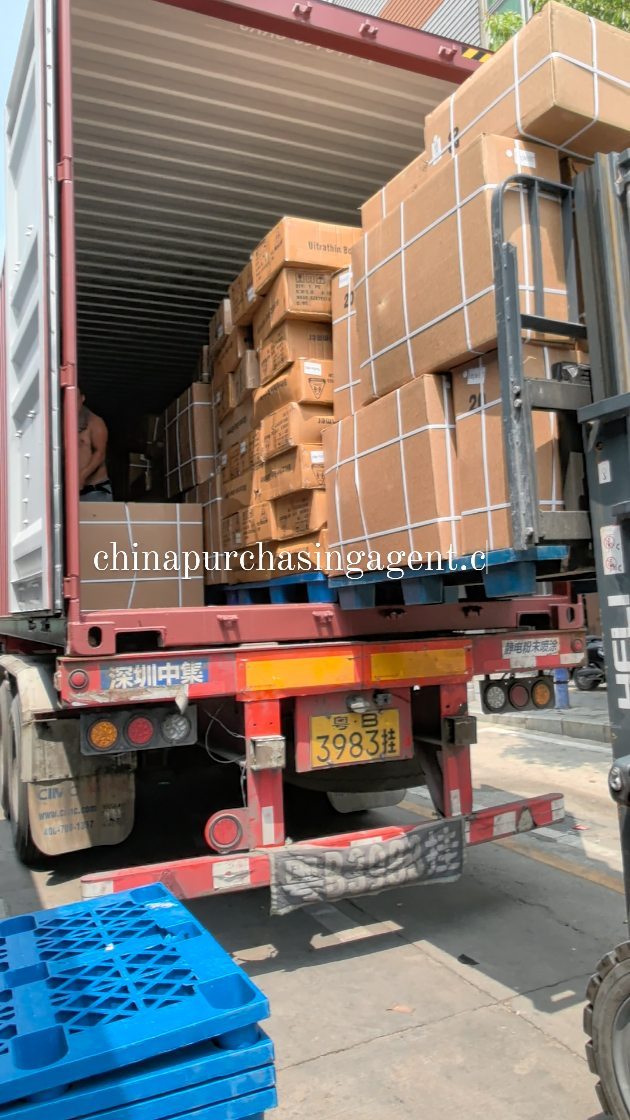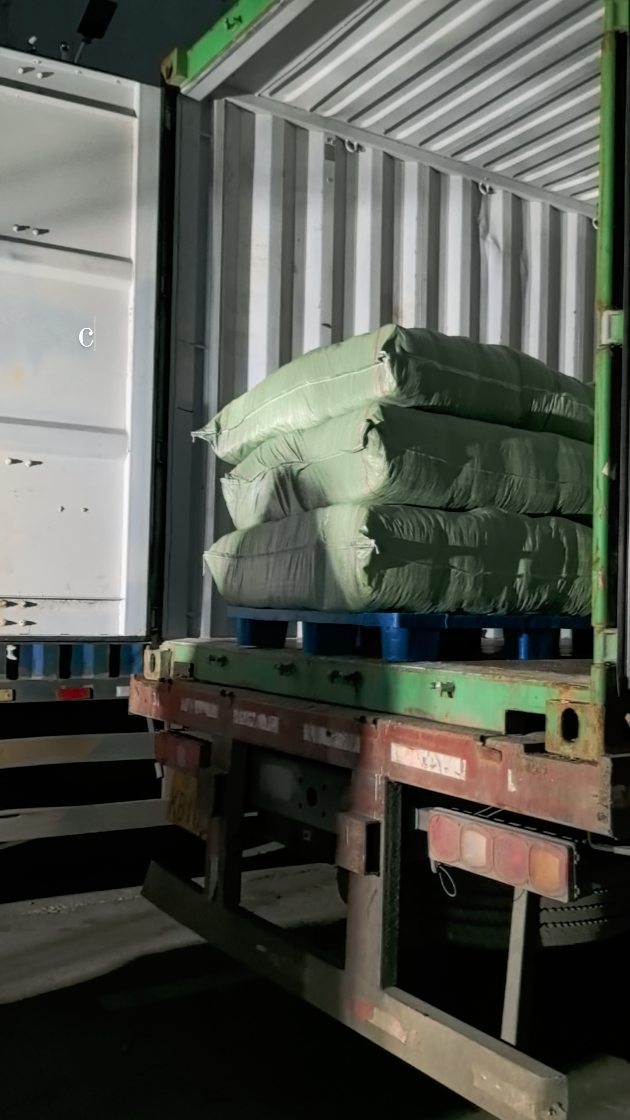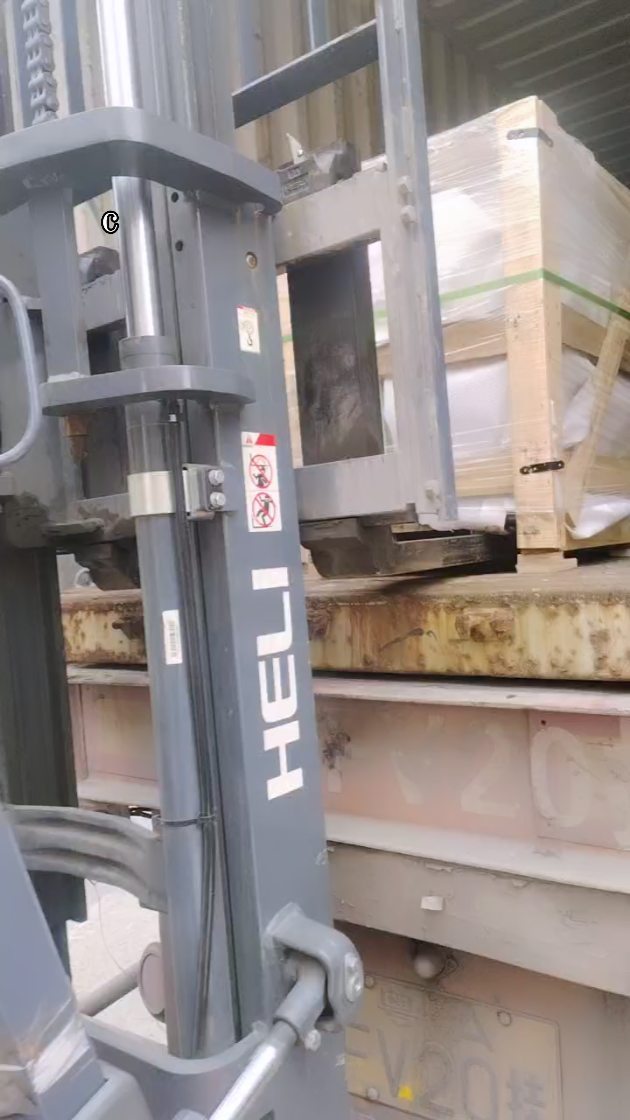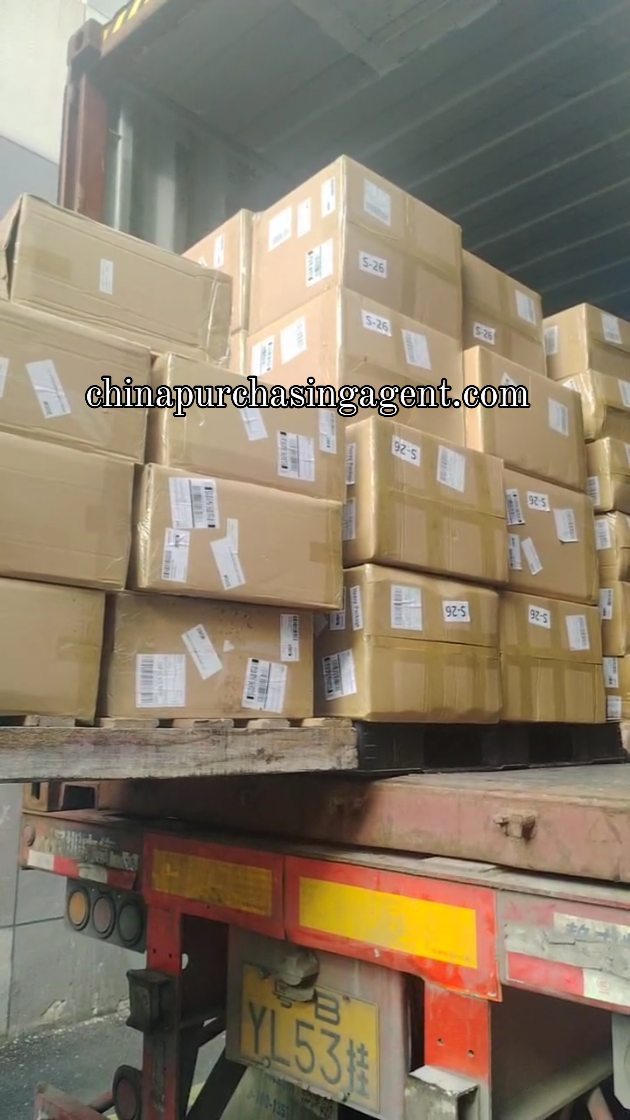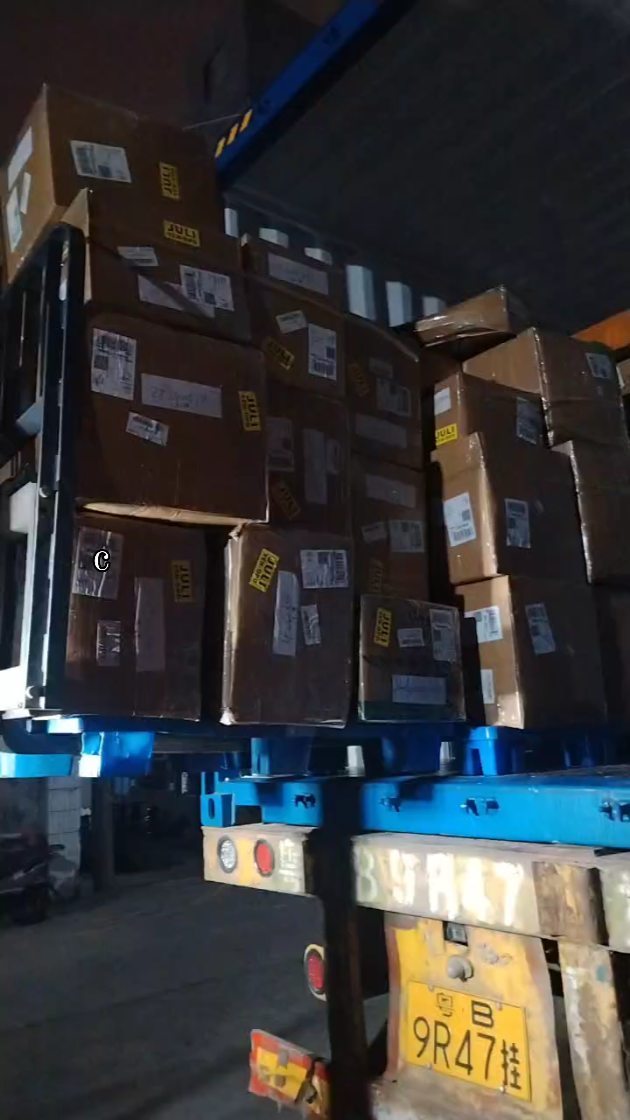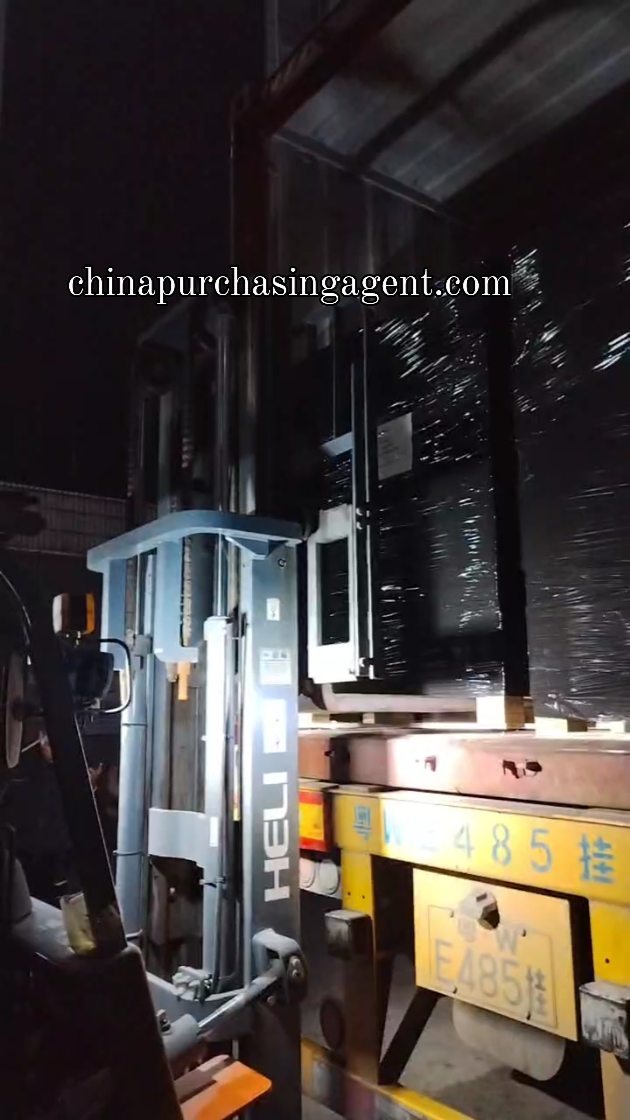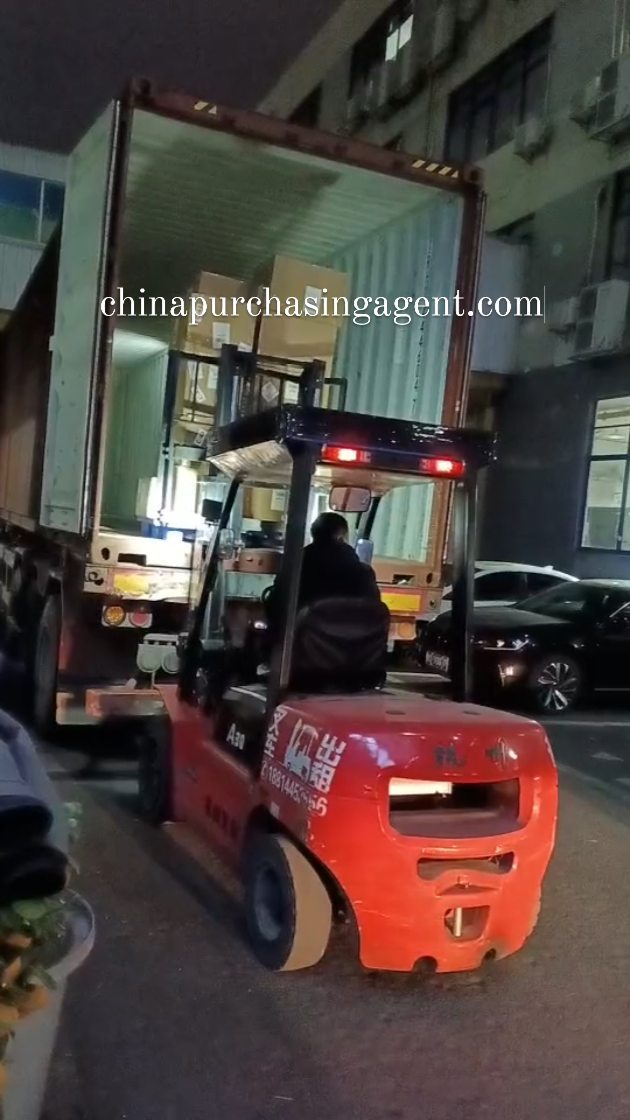Need to import from China? These are the guidelines for you .
Whether you need machinery, electronics, clothing or home equipment, virtually anything can be found in the world’s leading producer. China presently acts as the “world’s factory”. Wealthy countries like the US, south America, Euro and Africa source almost everything from China. Even though you may find the cheap and quality products you need in China, exporting may prove to be a little technical. Newbies often experience more difficulties. This process can be very confusing and complicated and can dig out everything in your pocket. Individuals have found themselves spending even more than the money they could use buying their domestic products. This is not,however, meant to scare you off. It is only those who do not abide by the preset guidelines to effortlessly go through the simple export procedure that suffer the knock. Sometimes it could be due to lack of information or mere ignorance. Otherwise, importing from China could be something you want to do it again and again!
Below are some tips to ease your transfer of products from China to your home country without many transitional challenges. You won’t have to incur extra costs due to unexpected expenses and suffer delays anymore.
1. Check whether you have the rights to import.
Various countries have several regulatory policies. These regulations could be meant to reduce imports of certain products into the country. Sometimes they may serve to fight against smuggling and such activities. Heavy tax policies induced by the government on the customs may also affect how you are going to import the product to your country. It is, therefore, vital to check whether you have the legal rights to import certain goods with not only ease but also without incurring excess expenses. You should confirm whether you need a license, as in many countries, and acquire one before buying the goods.

2. Know the goods you want to import.
This is the basis of importing goods from China. Identifying the ideal goods to import have a significantly great impact in both the import process and your business or personal use. Remember that import tariffs vary considerably with regards to the type and kind of goods. Electronics imported from China, for example, differ in rates from textile products. If you are a business person, you would want to make profits from reselling. Choosing a product that will provide a wider profit margin after tariffs would be essential. You should carry out a research on the specific products by taking on reviews and other statistical sources so as to be sure about what you are going to import.

3. Is the goods you want to import allowed to your country?
Some countries do not allow certain goods to be imported. Some of these products could be banned or not recognized by law as they have not received certification from products regulation bureau. Quality requirement policies could also be part of these rules. Such prohibitions may render your goods detained in the customs and in extreme cases destroyed. You don’t really want to see your lifetime investments brought down to zero, do you? You can as well be fined or legal actions taken against you. Be informed of such regulations to avoid clashes with the authorities on the customs check.

4. Do a calculation of the landed cost
Before you can order the goods, it is important to classify the goods and approximate the total cost to your home. The landed cost will include the initial cost of the product, the transportation fee, customs duties, all the taxes, currency conversion and other expenses. Generally, it is an account of what your pocket will have to incur. A tariff classification of each goods you wish to import is important as it determines the tariff duty required. You can contact the responsible individuals: the supplies, shipping agents and the custom check officers for this information. This is important for ensuring efficiency and minimizing errors of insufficiency when the goods has started its journey.

5. Place your order
You can then locate the supplier and make your order. Communicate with both the vendor and the shipping personnel to identify the terms of the transaction including shipping. As soon as you select your vendor, request for a proforma invoice. The P/I will show the descriptions and the value of each item. The descriptions will include the weight and the packaging dimensions and the terms of purchase. You should make sure to give detailed information about the product you want. This will reduces cases of confusion and receiving the wrong item. Do not always opt for the cheap product. Cheap may turn expensive due to quality and quantity issues and the risks that may be involved. To reduce costs, you can inquire if the vendor will agree to ship in the nearest port. You may have to wait for some time since traveling by ocean is quite slow.

6. Organize your cargo for transport
Shipment could be a little costly. But with proper plan and negotiations, you will freight your goods easily. You may have to pay for packaging, container, brokerage and terminal handling. It is essential that you choose a goods logistics provider. This will ensure a smooth flow of operations and ease of coordination and communication. It will also reduce the delays in the port that do normally happen for about two to three days. As soon as these arrangements are through, sit back and wait for your goods.

7. Track your shipment
Water transport, though convenient, is much slower since it takes a couple of days before arriving at the shore. You will have to give it some time before you can expect your goods. During this period, you should process your freight document and ensure that the shipment will have an easy procedure at the port. The bill of lading, packing list, and commercial invoice are among the documents required as soon as the ship docks.
8. Collect you cargo
Contact the customs brokers to help you clear at the customs office. You will need to submit your documents for customs clearance. When you are cleared, you can then transport the goods to your desired destination.
With these simple guidelines, you can import the goods you need from China with much ease!

